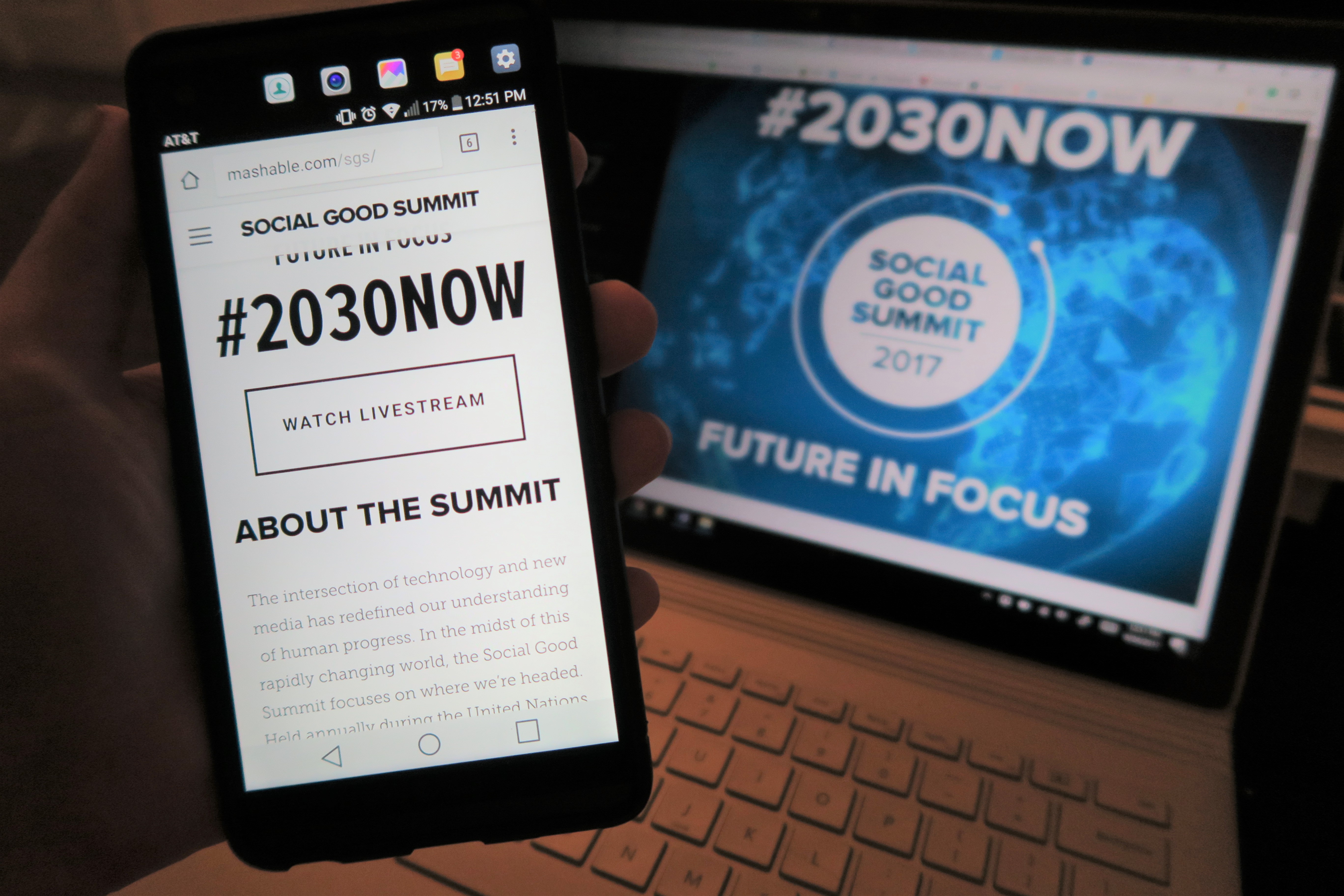3 Brilliant Ways to use Technology for Social Good
Held annually during the United Nations General Assembly week, the Social Good Summit unites global citizens and progressive thought leaders around technology and new media’s impact on human progress. Check out three technological solutions for social good presented at the 2017 Social Good Summit:
1. Safecity: The app provides a platform for anonymous public reporting of sexual assault
With the rise of unreported sexual assault, ElsaMarie D’Silva felt compelled to create a platform in which victims of sexual assault and violence could share their stories and report geographic areas that present a risk to others. D’Silva created the Safecity app which allows victims of gender-based crimes to report the location, time, and details of the crime. When people share their information in the app it amalgamates to generate a map that shows users high-risk areas in close to real time. Another feature of Safecity is that it allows victims of gender-based violence to connect and share their stories in an anonymous forum which can aid in the recovery process. This app can help empower the victims of gender-based violence to seek professional help or otherwise take the necessary steps to heal.
2. Tribal Planet: The app to track SDG impact by individuals and companies
Jeff Martin, CEO of Tribal Planet, discussed how his company is working with other tech companies to bring the Sustainable Development Goals (SDGs) into the hands of the average consumer. By using the Tribal Planet App (available November 28th), a consumer can see how their actions are helping or harming the SDGs. By utilizing the app, consumers can see the impact they have doing everyday things, such as going to school and going into commercial buildings. Corporations will also be held accountable by having their SDG ambitions and results publicly displayed to the users of the app. Additionally, the app allows an individual to share their personal SDG progress to social networking sites in the hopes that it will help form habits that support the SDGs and encourage others to start making an impact too.
3. Chowberry: The app that re-purposes soon-to-expire food
Oscar Ekponimo, founder and CEO of Chowberry, explained how the app uses internet-based software to connect retail merchants with consumers suffering from food insecurity. Through the Chowberry app, the merchant can track data on in-stock food items that are within 90 days of expiration. The merchant can heavily discount this food and make it available to food insecure consumers. The purpose of this system is twofold; first, it allows to merchant to clear inventory space without wasting food, and second, it gives organizations and people who are facing food insecurity an opportunity to receive quality food at a heavily discounted price. Organizations have been able to use the service to feed people for as little as $1.00 per person. Currently, Chowberry is being used in Nigeria, but the opportunity Chowberry presents could connect worldwide organizations who serve the needy with a low-cost alternative to eliminate food waste.




